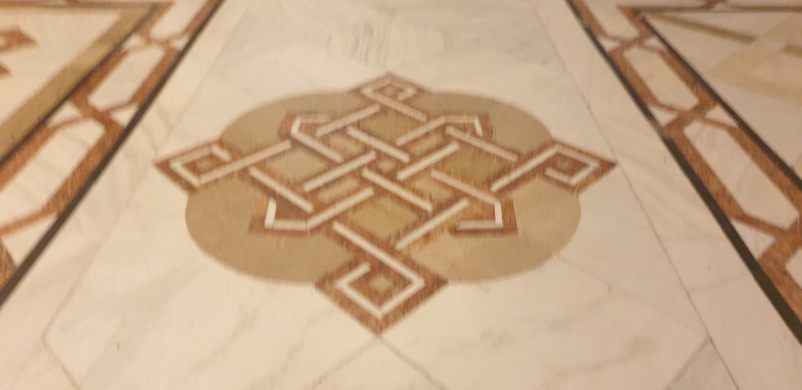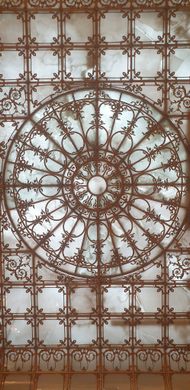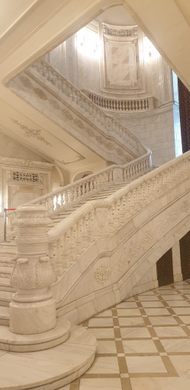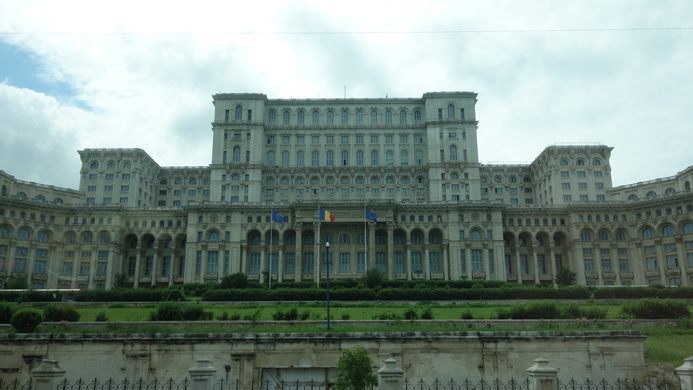Palace of the Parliament
This communist behemoth is the heaviest building in the world and a legacy of a brutal regime.
Communist leader Nicolae Ceaușescu ruled Romania from 1965 until his sudden and violent death in December 1989. His oppressive regime left deep scars in all aspects of life, including urban planning and architecture.
The pinnacle of communist architecture in Romania is the People’s Palace (now The Palace of Parliament), built to reflect the prosperity and grandeur of the multilateral society. The name is cruelly ironic, as people faced food shortages, blackouts, and gas cuts as two billion dollars were being poured into a massive project dedicated to its ruling class.
Work on the palace began in 1984, and it has yet to be finished. There are parts where workers are still putting up wall and ceiling tiles and decorations, while other parts are already undergoing refurbishments. At its height, the site swarmed with 20,000 workers, 5,000 soldiers and 700 architects, working around the clock.
Fitting for a totalitarian regime, the building holds an impressive list of world records. It’s currently the heaviest building on the planet, with 1.5 billion pounds of steel and bronze, 35 million cubic feet of marble, 7.7 million cubic feet of glass and crystal, and 32 million cubic feet of wood. It has 1,100 rooms and 2,800 chandeliers (the largest one weighs 11,000 pounds). One of the meeting halls has a podium at one end, with Ceaușescu’s armchair on it.
The People’s Palace rises nine stories above the ground and also has nine levels underground. There are nuclear bunkers for thousands of people in the basement, two parking lots for trucks and buses, and, allegedly, secret tunnels leading to other government buildings in the area. To make room for such a large project, an entire neighborhood and parts of three others were razed to the ground overnight. People received notice in the morning to pack up and leave, and by noon the bulldozers arrived and started demolishing everything in sight. A total of 40,000 people were displaced and 9,000 houses were demolished. Several monuments and churches were also destroyed, including a monastery dating back to 1564.
Know Before You Go
The visitor's entrance to the Palace is located on the northern side, off Boulavarde Natjunile Unite, across from Parcul Izvor/ Izvor Park.
The palace is open daily from 10:00 a.m. to 4:00 p.m. You will need a valid Passport or Identity Card, (photos of documents/ driver's license NOT accepted). Tours in English are available and last about an hour.
As this is still a functional government building, be prepared to go through security clearance/metal detector. Avoid bringing luggage. No access for strollers or wheelchairs.










































Follow us on Twitter to get the latest on the world's hidden wonders.
Like us on Facebook to get the latest on the world's hidden wonders.
Follow us on Twitter Like us on Facebook